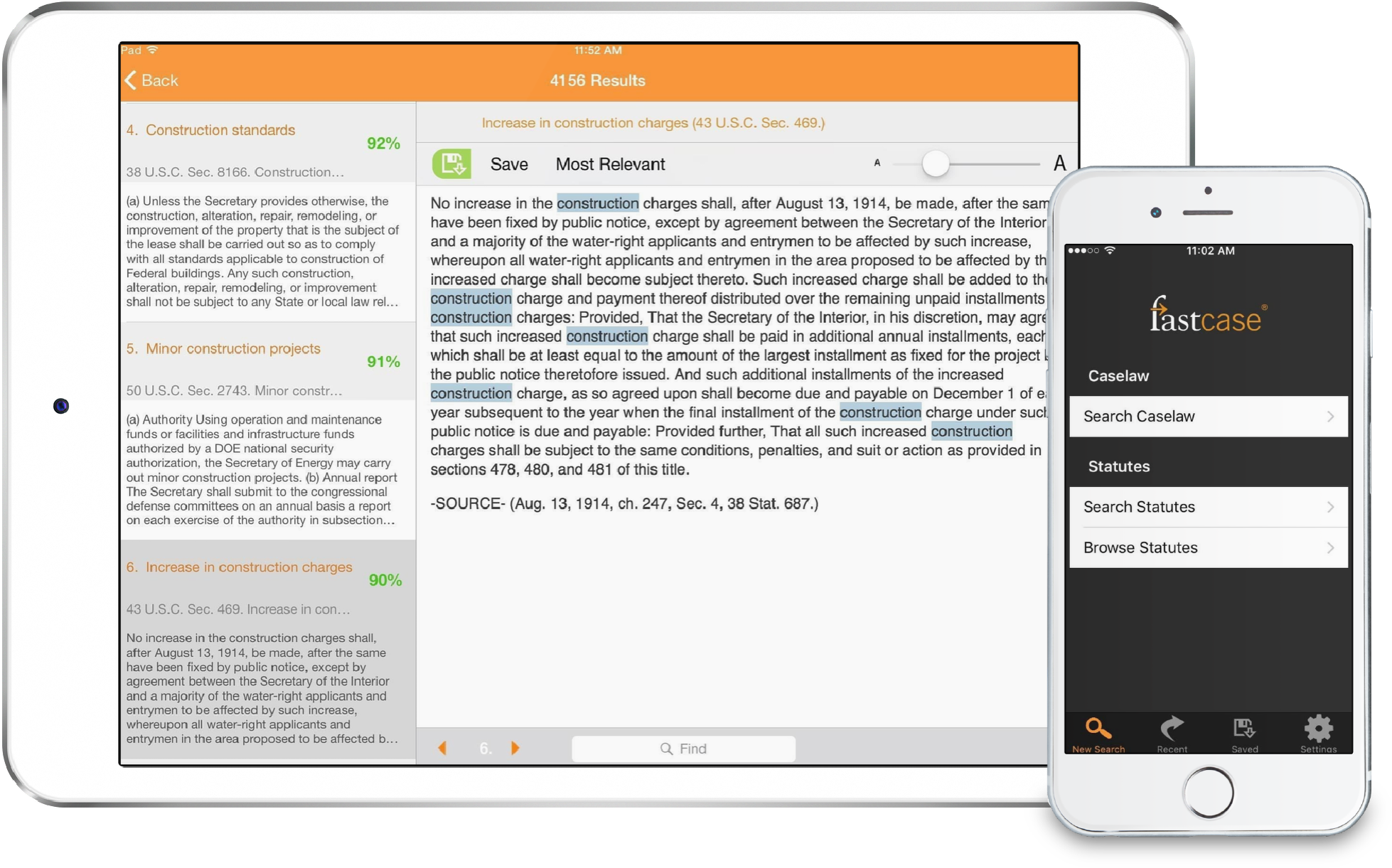The Forensics of “Texting”
This week, the BBC News follows an increasingly valuable method of forensic investigation; the linguistic analysis of the text message. Many are familiar with the forensic technique of identifying handwriting and signatures, and according to some experts, cell phone text messages can leave a similar personal mark. As texting becomes an increasingly popular, and easily traced, pathway of communication, the ability of investigators to interpret text messages will become ever more crucial to solving a variety of crimes.
In 2008, a high profile murder case was solved by using linguistics to decode text messages, resulting in the conviction of a man named David Hodgson in the killing Jenny Nicholl. After her disappearance, Hodgson sent a number of text messages from Jenny’s phone, posing as his victim. The language used by Hodgson, however, did not match the style Jenny typically used in her messages, substituting certain words with slang from another region of Britain. Although Jenny’s body was never found, the jury relied on the linguistic evidence to find Hodgson guilty of murder.
This type of analysis, however, is not foolproof. Dr. Tim Grant, an expert in forensic linguistics, cautions that it works best with a smaller sampling of texters; because texting language is often stunted and brief, the statistical data can lose its power as the numbers increase. Dr. Grant also notes that the ever-evolving English language, always developing new slang words and abbreviations, requires the linguistic experts to constantly revise their data. And while linguistics can paint a stereotypical picture of who the texter might be, in terms of sociological background, age, and gender, it does not always elucidate the finer details of a texter’s personality. Nevertheless, forensic experts and juries alike have found the new linguistics of text messaging helpful and informative, and the field is likely to see great expansion and advancement in the years to come.



